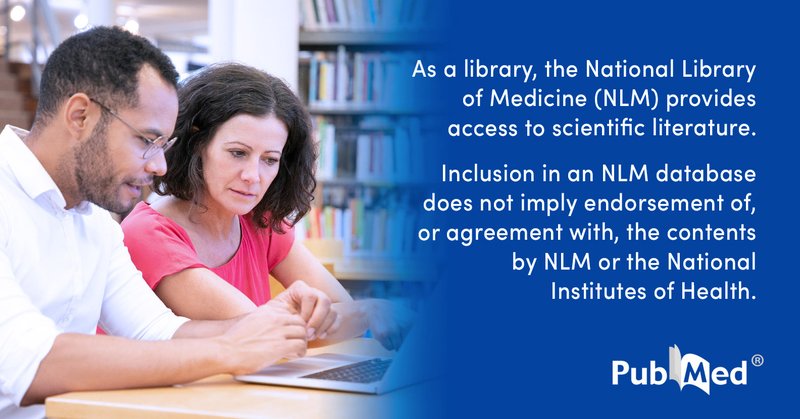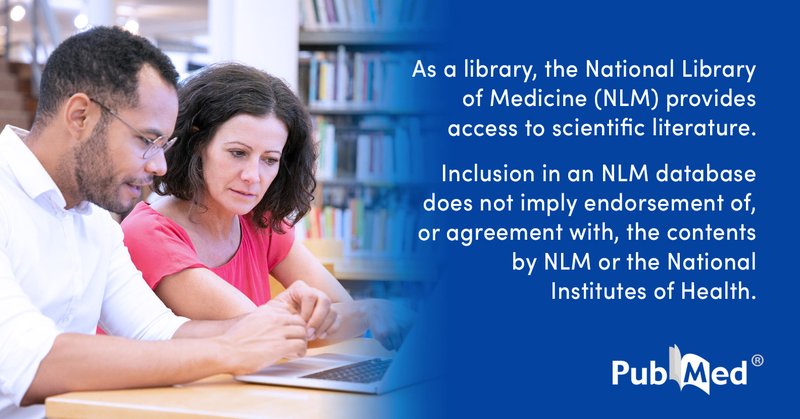
Tribolium castaneum
@BeetlePapers
Followers
116
Following
0
Media
0
Statuses
1K
Automated updates of research on Tribolium castaneum, a model pest insect.
Joined July 2014
Transcriptomic comparison between populations selected for higher and lower mobility in the red flour beetle Tribolium castaneum
pubmed.ncbi.nlm.nih.gov
Movement is an important behavior observed in a wide range of taxa. Previous studies have examined genes controlling movement using wing polymorphic insects and genes controlling wing size. However,...
0
0
0
Analyzing the evolution of insect TMED gene and the expression pattern of silkworm TMED gene
pubmed.ncbi.nlm.nih.gov
Transmembrane emp24 domain (TMED) gene is closely related to immune response, signal transduction, growth and disease development in mammals. However, only the Drosophila TMED gene has been reported...
0
0
0
Transcript Level and Sequence Matching Are Key Determinants of Off-Target Effects in RNAi
pubmed.ncbi.nlm.nih.gov
Double-stranded RNA (dsRNA) pesticides, those based on RNA interference (RNAi) technology utilizing dsRNA, have shown potential for pest control. However, the off-target effects of dsRNA pose...
0
0
0
Toxicity and Repellency Efficacy of Benzyl Alcohol and Benzyl Benzoate as Eco-Friendly Choices to Control the Red Flour Beetle Tribolium castaneum (Herbst. 1797)
pubmed.ncbi.nlm.nih.gov
Tribolium castaneum is a damaging pest of stored grains, causing significant losses and secreting lethal quinones, which render the grains unfit for human consumption. Chemical insecticides are the...
0
0
0
Comparative Analysis of the Metabolic Profiles of Strains of Tribolium castaneum (Herbst) Adults with Different Levels of Phosphine Resistance Based on Direct Immersion Solid-Phase Microextraction and Gas Chromatography-Mass Spectrometry
pubmed.ncbi.nlm.nih.gov
The management of phosphine (PH3) resistance in stored grain pests is an essential component of implementing timely and effective pest control strategies. The prevailing standard method for PH3...
0
0
0
Chemical composition and insecticidal activities of Blumea balsamifera (sambong) essential oil against three stored product insects
pubmed.ncbi.nlm.nih.gov
Blumea balsamifera (L.) DC. (Asteraceae), also known as sambong, is a perennial herb used in China for medicinal purposes. The essential oil (EO) of B. balsamifera was extracted by hydrodistillation....
0
0
0
Effect of α-cypermethrin and pirimiphos-methyl on wing morphology of Tribolium castaneum (Herbst) and T. confusum Jacquelin du Val: a comparative study
pubmed.ncbi.nlm.nih.gov
Tribolium castaneum (Herbst) and Tribolium confusum Jacquelin du Val (Coleoptera: Tenebrionidae) are widespread and serious pests of stored products. Various insecticides are applied aiming to...
0
0
0
Density-dependent within-patch movement behavior of two competing species
pubmed.ncbi.nlm.nih.gov
Movement behavior is central to understanding species distributions, population dynamics and coexistence with other species. Although the relationship between conspecific density and emigration has...
0
0
0
TGFß/activin-dependent activation of Torso controls the timing of the metamorphic transition in the red flour beetle Tribolium castaneum
pubmed.ncbi.nlm.nih.gov
Understanding the mechanisms governing body size attainment during animal development is of paramount importance in biology. In insects, a crucial phase in determining body size occurs at the...
0
0
0
Contact Efficacy of Two Amorphous Silica Powders against the Red Flour Beetle, Tribolium castaneum (Herbst) (Coleoptera: Tenebrionidae)
pubmed.ncbi.nlm.nih.gov
The contact efficacy of two amorphous silica powders 1 and 2 procured from Imery's chemicals, Lompoc, CA, USA, were evaluated against the red flour beetle, Tribolium castaneum (Herbst). The efficacy...
0
0
0
The essential oil of Kochia scoparia (L.) Schrad. as a potential repellent against stored-product insects
pubmed.ncbi.nlm.nih.gov
Chemical composition of the essential oil from Kochia scoparia (L.) Schrad. (syn. Bassia scoparia (L.) A. J. Scott) was analyzed in quality and quantity by GC-MS and GC-FID. Repellent activities of...
0
0
0
Engineering the synthetic β-alanine pathway in Komagataella phaffii for conversion of methanol into 3-hydroxypropionic acid
pubmed.ncbi.nlm.nih.gov
Our results show the potential of K. phaffii as platform cell factory to produce organic acids such as 3-HP from renewable one-carbon feedstocks, achieving the highest volumetric productivities...
0
0
0
Population dynamics of Tribolium castaneum (Coleoptera: Tenebrionidae) in wheat and in wheat mixed with cracked wheat held in different types of containers
pubmed.ncbi.nlm.nih.gov
The population dynamics of Tribolium castaneum (Herbst), red flour beetle, was studied at 30 °C using long vertical columns (LVCs) (150 mm diameter and 1,020 mm long) and shallow containers (SCs)...
0
0
0
A life-history allele of large effect shortens developmental time in a wild insect population
pubmed.ncbi.nlm.nih.gov
Developmental time is a key life-history trait with large effects on Darwinian fitness. In many insects, developmental time is currently under strong selection to minimize ecological mismatches in...
0
1
1
In silico SNP prediction of selected protein orthologues in insect models for Alzheimer's, Parkinson's, and Huntington's diseases
pubmed.ncbi.nlm.nih.gov
Alzheimer's, Parkinson's, and Huntington's are the most common neurodegenerative diseases that are incurable and affect the elderly population. Discovery of effective treatments for these diseases is...
0
0
0
Differential proteome profiling of bacterial culture supernatants reveals candidates for the induction of oral immune priming in the red flour beetle
pubmed.ncbi.nlm.nih.gov
Most organisms are host to symbionts and pathogens, which led to the evolution of immune strategies to prevent harm. Whilst the immune defences of vertebrates are classically divided into innate and...
0
0
0
Dextran sulfate sodium and uracil induce inflammatory effects and disrupt the chitinous peritrophic matrix in the midgut of Tribolium castaneum
pubmed.ncbi.nlm.nih.gov
Dextran sulfate sodium is used in inflammatory bowel disease (IBD) mice models to trigger chronic intestinal inflammation. In this study, we have analyzed DSS effects in the genetic model and pest...
0
0
1
Gut Bacteria Promote Phosphine Susceptibility of Tribolium castaneum by Aggravating Oxidative Stress and Fitness Costs
pubmed.ncbi.nlm.nih.gov
Knowledge about resistance mechanisms can provide ideas for pesticide resistance management. Although several studies have unveiled the positive or negative impacts of gut microbes on host pesticide...
0
0
0

